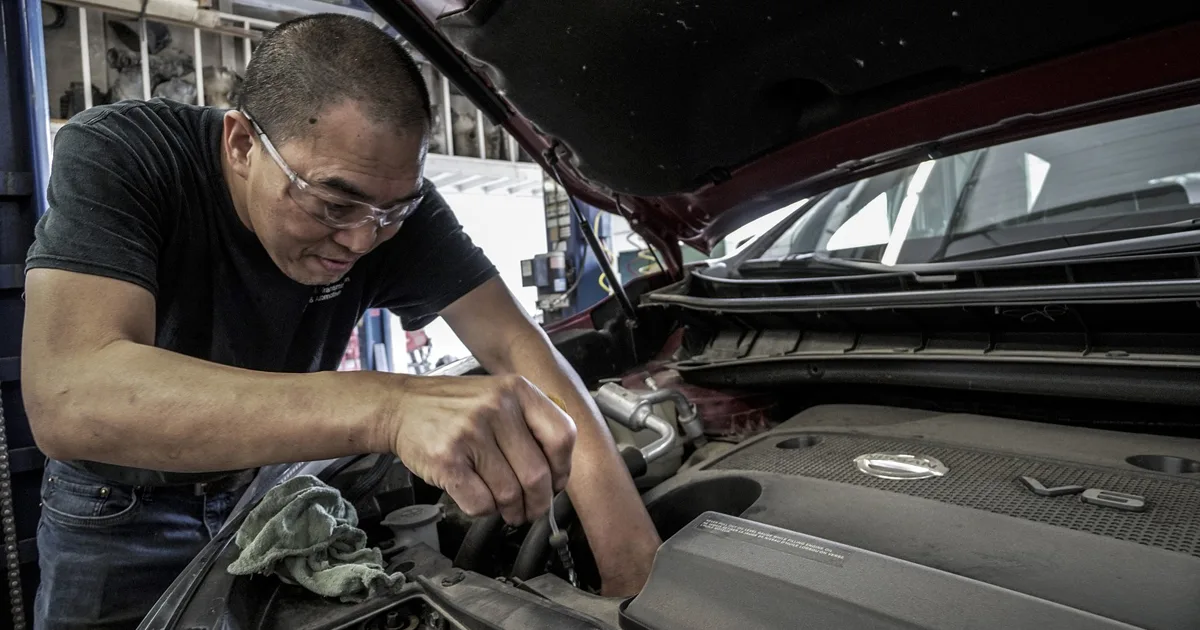How car engine works?
Introduction:
A car engine is the heart of a vehicle. It converts fuel into energy, which powers the car’s wheels. Understanding how a car engine works can help you diagnose problems, maintain your vehicle, and make informed decisions when purchasing a car. In this article, we’ll take a closer look at the components of a typical car engine and how they work together to keep your vehicle moving.
How car engine works? – Parts of a Car Engine:
The following are the main components of a car engine:
- Pistons: The pistons are located in the cylinder and move up and down to compress the air-fuel mixture and force it to ignite.
- Cylinders: The cylinders are the tubes in which the pistons move up and down. The number of cylinders in an engine can vary from two to twelve or more.
- Crankshaft: The crankshaft is connected to the pistons and converts the linear movement of the pistons into rotary action.
- Connecting Rods: Connecting rods connect the pistons to the crankshaft and transfer the linear movement of the pistons to the rotary action of the crankshaft.
- Camshaft: The camshaft is responsible for opening and closing the engine’s valves, which control the air and fuel that enter and exit the cylinders.
- Valves: The valves can regulate the flow of air and fuel into and out of the cylinders. There are two types of valves: intake valves, which allow air and gas to enter the cylinders, and exhaust valves, which enable the burned gases to escape.
- Spark Plugs: Spark plugs are responsible for creating a spark that ignites the air-fuel mixture in the cylinders.
- Fuel System: The fuel system is responsible for delivering the right amount of fuel to the engine at the right time. It includes the fuel pump, fuel lines, fuel filter, and fuel injectors.
- Air Intake System: The air intake system can regulate the right amount of air in the engine. It includes the air filter, air intake hose, and throttle body.
- Exhaust System: The exhaust system is in charge of eliminating burned gases from the engine. It includes the exhaust manifold, catalytic converter, muffler, and tailpipe.
The following are the four strokes of an engine:
- Intake Stroke: During the intake stroke, the piston moves down, creating a vacuum in the cylinder. This vacuum draws in a mixture of air and fuel. The intake valve opens to allow the mixture to enter the cylinder, and the camshaft opens the intake valve.
- Compression Stroke: During the compression stroke, the piston moves up, compressing the air-fuel mixture. The compression ratio is the ratio of the volume of the cylinder when the piston is at the bottom of its stroke to the capacity of the cylinder when the piston is at the top of its stroke. The higher the compression ratio, the more power an engine can produce.
- Ignition Stroke: During the ignition stroke, the spark plug creates a spark, which ignites the compressed air-fuel mixture. It causes the mixture to ignite and explode, forcing the piston down.
- Exhaust Stroke: During the exhaust stroke, the piston moves up, pushing the burned gases out of the cylinder. The exhaust valve opens to allow the gases to escape, and the camshaft opens the exhaust valve.
Also Read,
- Pickup price 2021
- Mahindra Thar on road price in Kerala
- XUV 300 on road price in India
- Mahindra XUV 700 on road price in Kerala
- Mahindra XUV700
- 2022 Maruti Suzuki Brezza
- Alto 800 Price in Kerala
- Alto K10 2022 | Alto K10 2022 model price
- Ignis price in India in 2022
- Alto 800 price in India
- Eco price in India
- Ertiga price
- Swift price On road in India
- Vitara Brezza
- Maruti Suzuki Wagon R price in India
- New Celerio 2021
- Swift Price in Kerala
- Vitara Brezza with price
- Wagon R Price in Kerala
- MINI COOPER SE
- MG Astor-
- MG Hector price in Kerala
- Nissan Pathfinder 2022
- Renault Triber review
- Most expensive Rolls Royce
- S cross price in India
- Skoda Kodiaq
- Super Cars worth waiting for
- Nexon Price in Kerala
- TATA Harrier on-road price in Kerala
- Tata Upcoming Cars
- Tiago Price in Kerala
- 2021 tesla model 3 standard range
- Fortuner Top Model Price in India
- Innova Crysta price in India
- Innova Crysta Price in Kerala
- Price for Toyota Yaris 2021
- Toyota Urban cruiser price in India
- Polo on road price in Kerala
